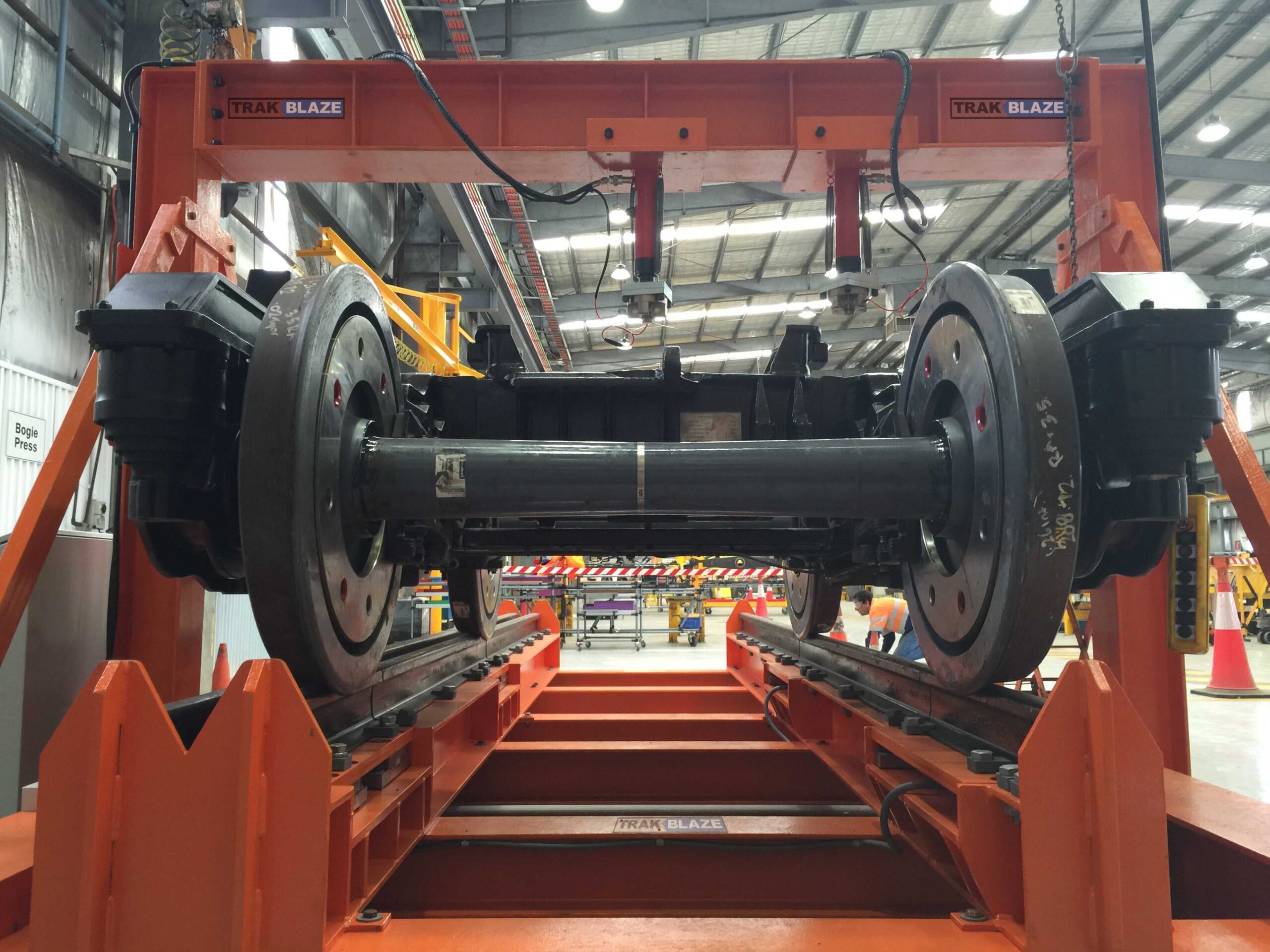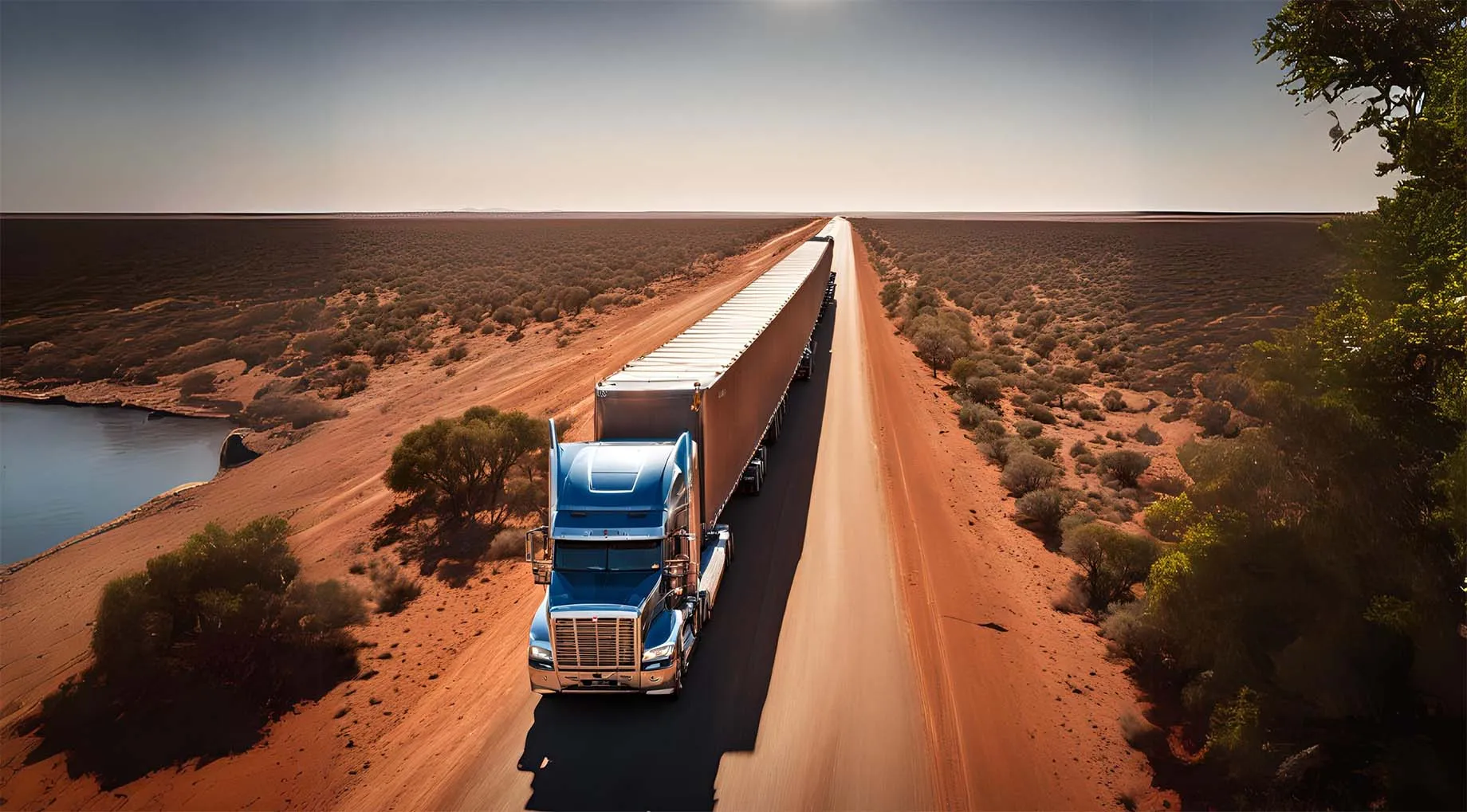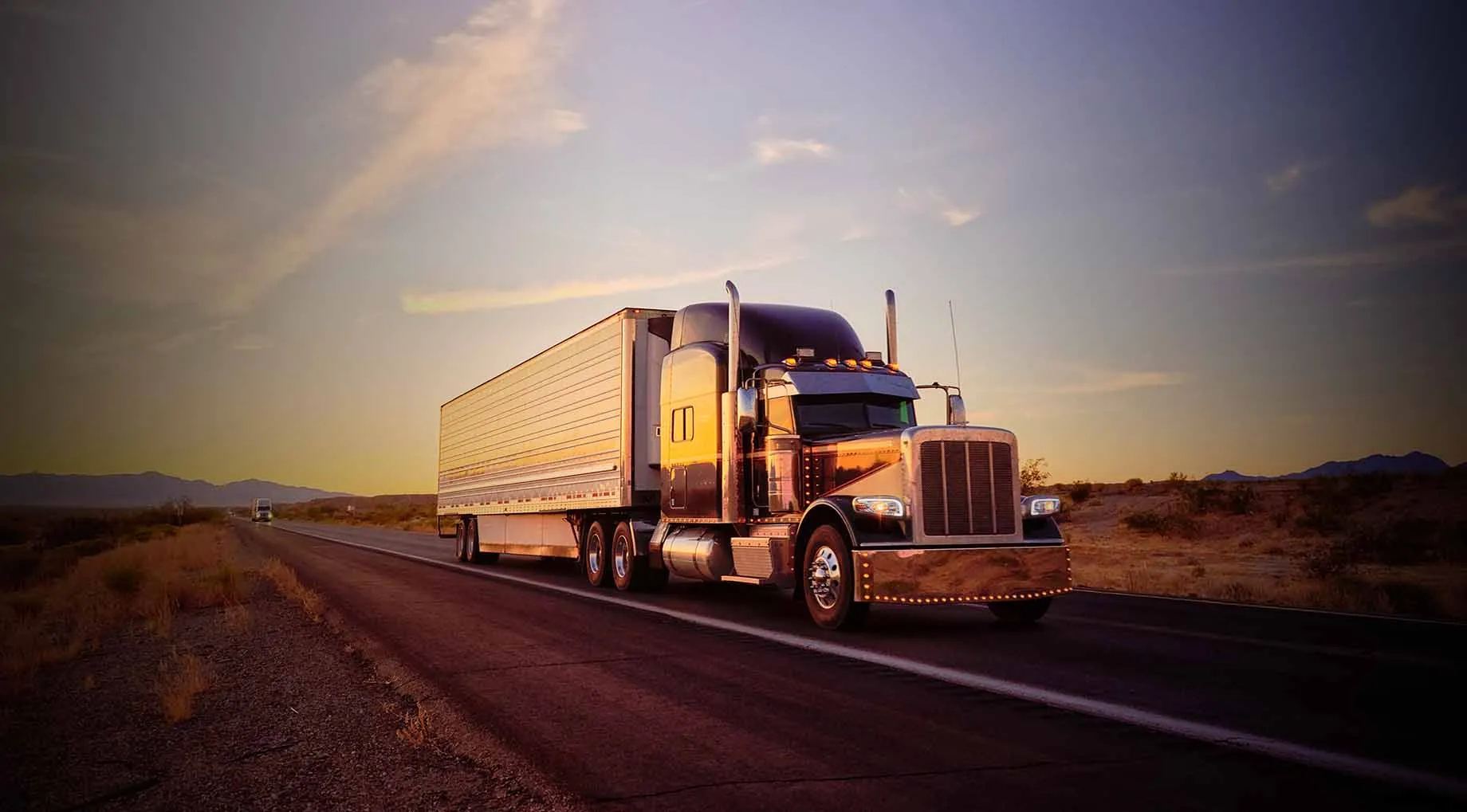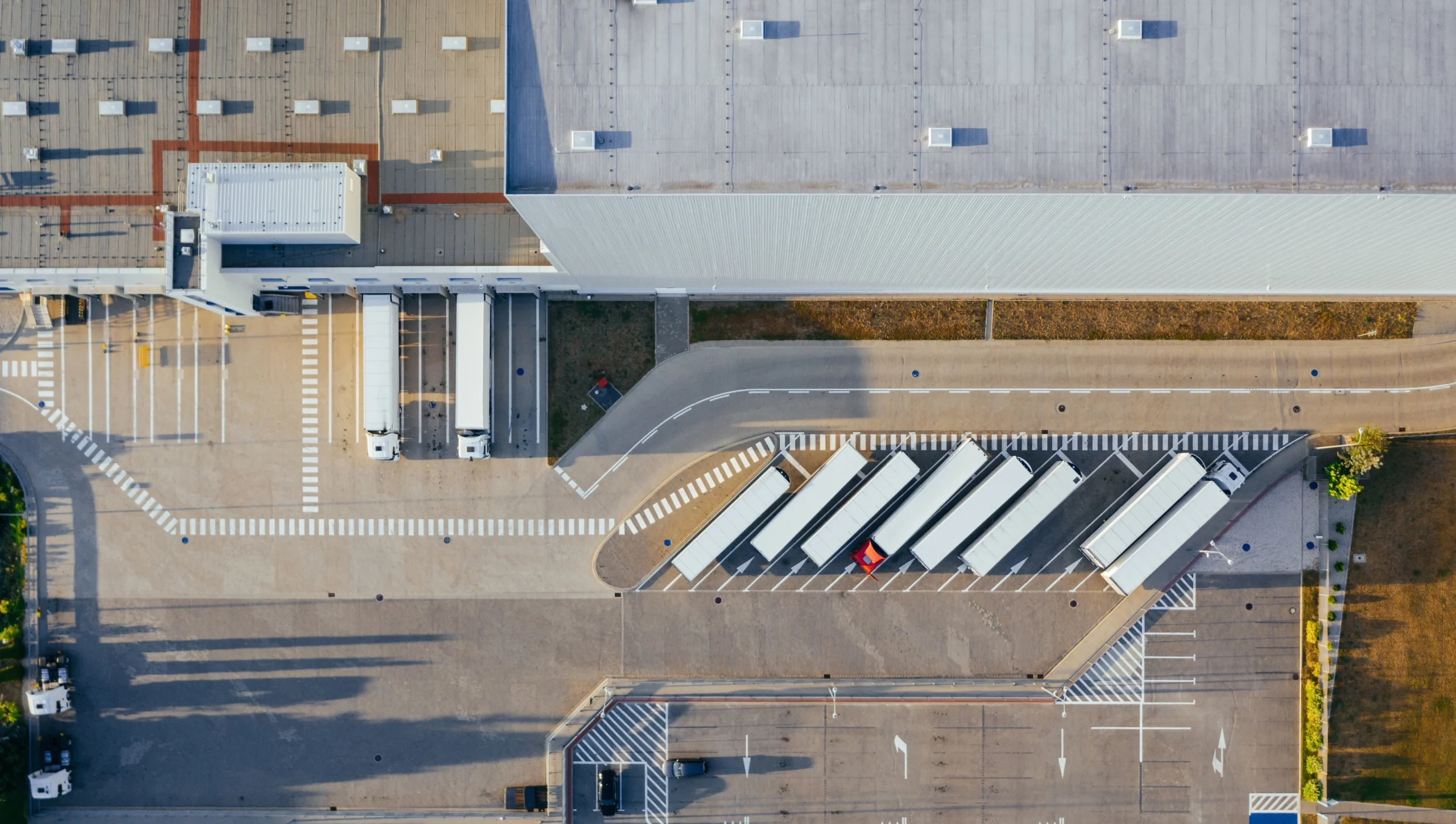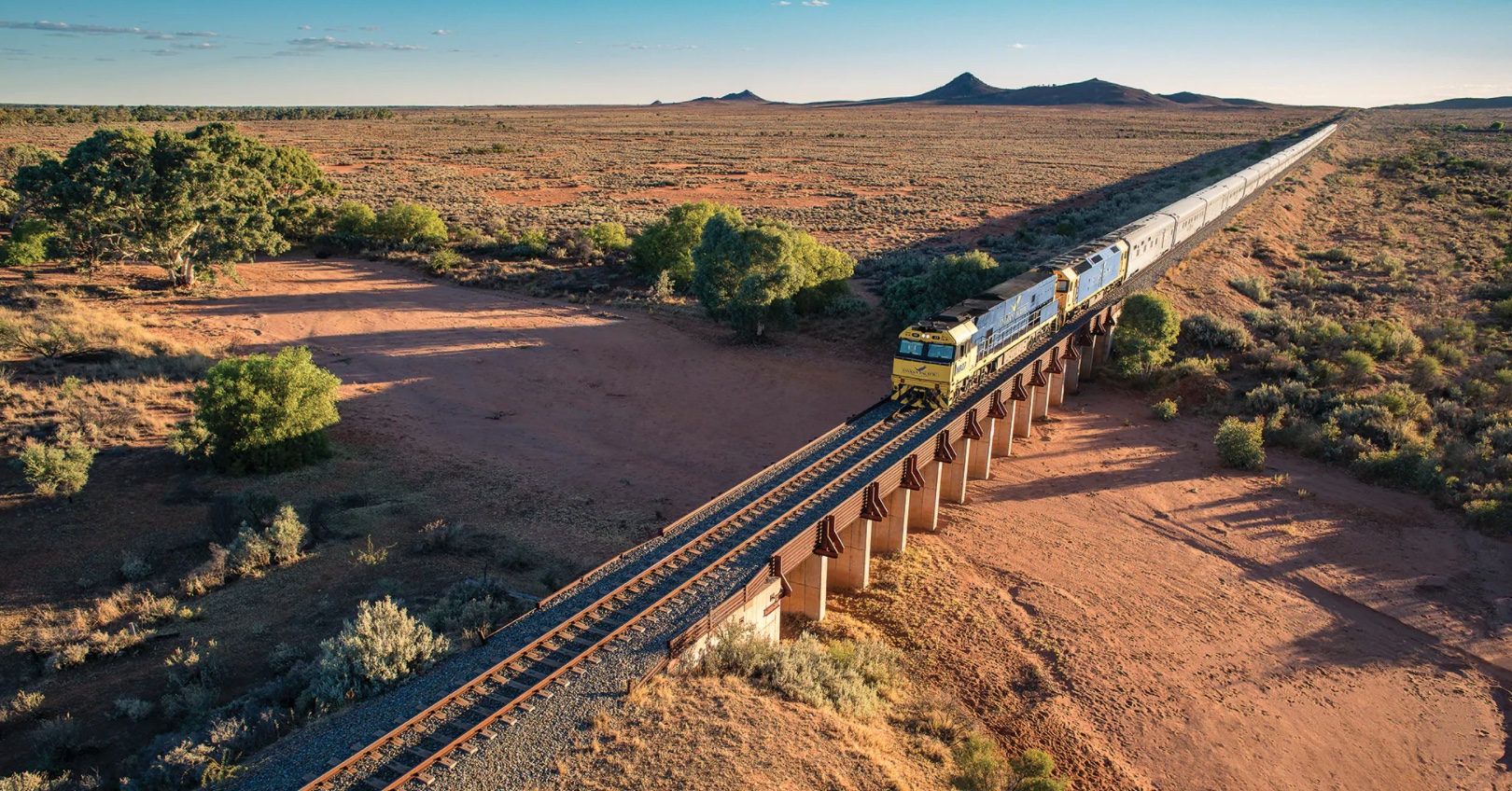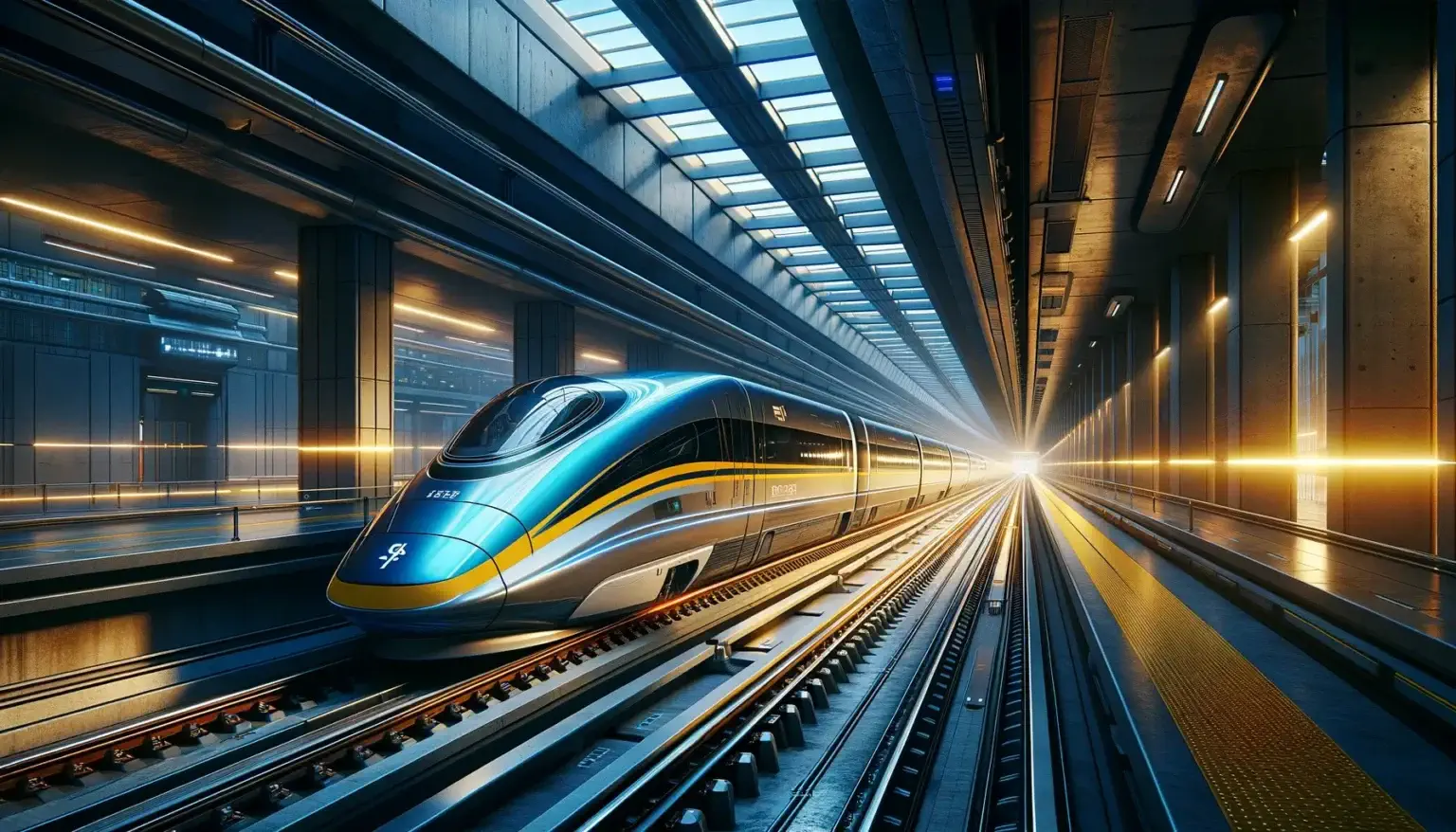At a glance
- Proper balancing ensures a smooth ride, minimises wear and tear, and extends the lifespan of trains and tracks.
- Passenger trains prioritise a comfortable, safe ride, while freight trains aim for maximum payload and efficient braking.
- Balanced trains meet safety regulations set by authorities.
One of the most critical factors that affect the safety, efficiency and profitability of rail transport, whether it’s for freight or passenger trains, is the effective management of load configuration and balancing across the wheels, axles, and bogies of locomotives and wagons.
A correctly balanced rail vehicle will operate with maximum efficiency and safety, minimise wear and tear on the rolling stock, reduce maintenance costs and downtime, and extend the life of the rail vehicle. Moreover, a properly balanced rolling stock fleet will result in less damage to rail infrastructure. The rail vehicles will distribute the load across the lines as per the design intent, and as they ride more smoothly, less fuel/emissions will be used.
Reasons Why Freight and Passenger Rail Vehicles Require Balancing
Maintaining proper balance is equally important for both passenger and freight rail transportation, albeit for slightly different reasons.
Passenger Rail
Passenger Safety
Thousands of lives depend on a safe and reliable rail system. Balancing ensures a smooth ride and minimises the risk of accidents, putting passenger safety at the forefront. By providing proper weight distribution, you create a stable and predictable ride for passengers.
Reduced Derailment Risk
An unbalanced train can cause uneven weight distribution on the wheels and axles. This can lead to excessive lateral forces on curves, increasing the risk of wheels climbing the rails and causing a derailment.
Enhanced Stability
Balanced trains experience less swaying and tilting, especially when entering or exiting curves or travelling at high speeds. This minimises the chance of passengers losing balance or objects falling from overhead compartments.
Improved Braking Performance
Balanced weight distribution ensures even and predictable braking force on all wheels. This allows for shorter stopping distances and better control in emergencies.
Comfort
A balanced train offers a more comfortable journey for passengers, enhancing their overall experience. Passengers enjoy a smoother ride with minimised noise and vibrations, leading to higher satisfaction and ridership.
Smoother Ride
Balanced trains minimise vibrations and jolts, leading to a more pleasant and relaxing journey for passengers. This is especially important for long-distance travel.
Reduced Noise
Balancing reduces friction between wheels and tracks, leading to quieter operation and less noise pollution inside the train carriages. This creates a more peaceful and enjoyable environment for passengers.
Improved Accessibility
A stable and predictable ride is crucial for passengers with disabilities or mobility issues. Balancing minimises sudden movements that could make it difficult for them to navigate the train or maintain balance.
Other Needs
Maximised Payload
Like road freight, optimal weight distribution allows for heavier loads without compromising safety or performance. Freight rail operators can maximise their payloads and profitability by ensuring proper balancing. Balancing will enable you to haul more cargo efficiently without sacrificing safety or damaging equipment.
Balancing allows you to optimise your capacity utilisation. By carrying heavier loads, you can reduce the number of trains required to move your cargo. This translates to fewer trips, lower fuel consumption, and a more efficient use of your overall rail network. In today’s competitive freight market, efficiency and cost-effectiveness are paramount. By maximising payload through proper balancing, you gain a significant edge. You can offer competitive rates while maintaining healthy profit margins.
Reduced Maintenance Costs
An unbalanced train puts uneven pressure on the tracks and wheels, causing them to wear down unevenly. This leads to increased maintenance costs and downtime for repairs. Balancing minimises this uneven wear, extending the lifespan of your valuable rolling stock and rail infrastructure.
Regulatory Compliance
Balanced trains comply with safety regulations set by rail transport authorities. Balancing is not just about optimal performance; it’s about adhering to safety standards and ensuring the overall well-being of the rail industry. Regulatory bodies mandate specific weight distribution for safety reasons. Balanced trains demonstrate your commitment to safety and compliance.
Trakblaze Balancing Solutions
Looking for accurate and reliable solutions to weigh and balance your rail vehicles? Look no further than Trakblaze, Australia’s leading rail weighing and balancing system provider.
Extensive Range, Proven Expertise: We offer one of Australia’s most comprehensive selection of rail weighing and balancing solutions. Our reputation is built on state-of-the-art technology, exceptional quality, and user-friendly systems that deliver precise results.
Tailored Solutions for Diverse Needs: Whether you operate in a fixed workshop, mine site, or manage public rail infrastructure, Trakblaze has you covered. We offer both standard and custom-built solutions that perfectly match your specific requirements. Our dedicated team works closely with rail managers to identify your operation’s most effective weighing and balancing system.
Long-Term Partnership: At Trakblaze, we provide outstanding after-sales service to ensure long-term support for our clients. Our commitment goes beyond the initial purchase, as we work closely with our clients to help them succeed over the long term.We go beyond just providing equipment; we collaborate to ensure you have the right solutions to keep your business running smoothly and efficiently for years.
Various weighing and balancing systems are available for rail transport designed explicitly for the rail environment to ensure the safety and productivity of rail operations.
However, given the critical importance of getting the weighing and balancing right, a key consideration is the long-term accuracy, reliability, and industry-proven reputation of the system or weighing and balancing solution you choose.
Trakblaze is Australia’s leading provider of rail transport weighing and balancing solutions. With one of the largest ranges of rail weighing and balancing solutions available to the Australian market, Trakblaze has a reputation for state-of-the-art technology, quality, reliable, user-friendly and accurate weighing and balancing systems.
Whether for application in fixed workshop locations, mine sites, public rail infrastructure or for mobile solutions, Trakblaze works with rail managers to identify and implement the most suitable and effective weighing and balancing solution for your needs. We cater for both standard and custom-built solutions and pride ourselves on partnering with our clients to deliver weighing and balancing solutions that will keep your business on the rails for the long term.
